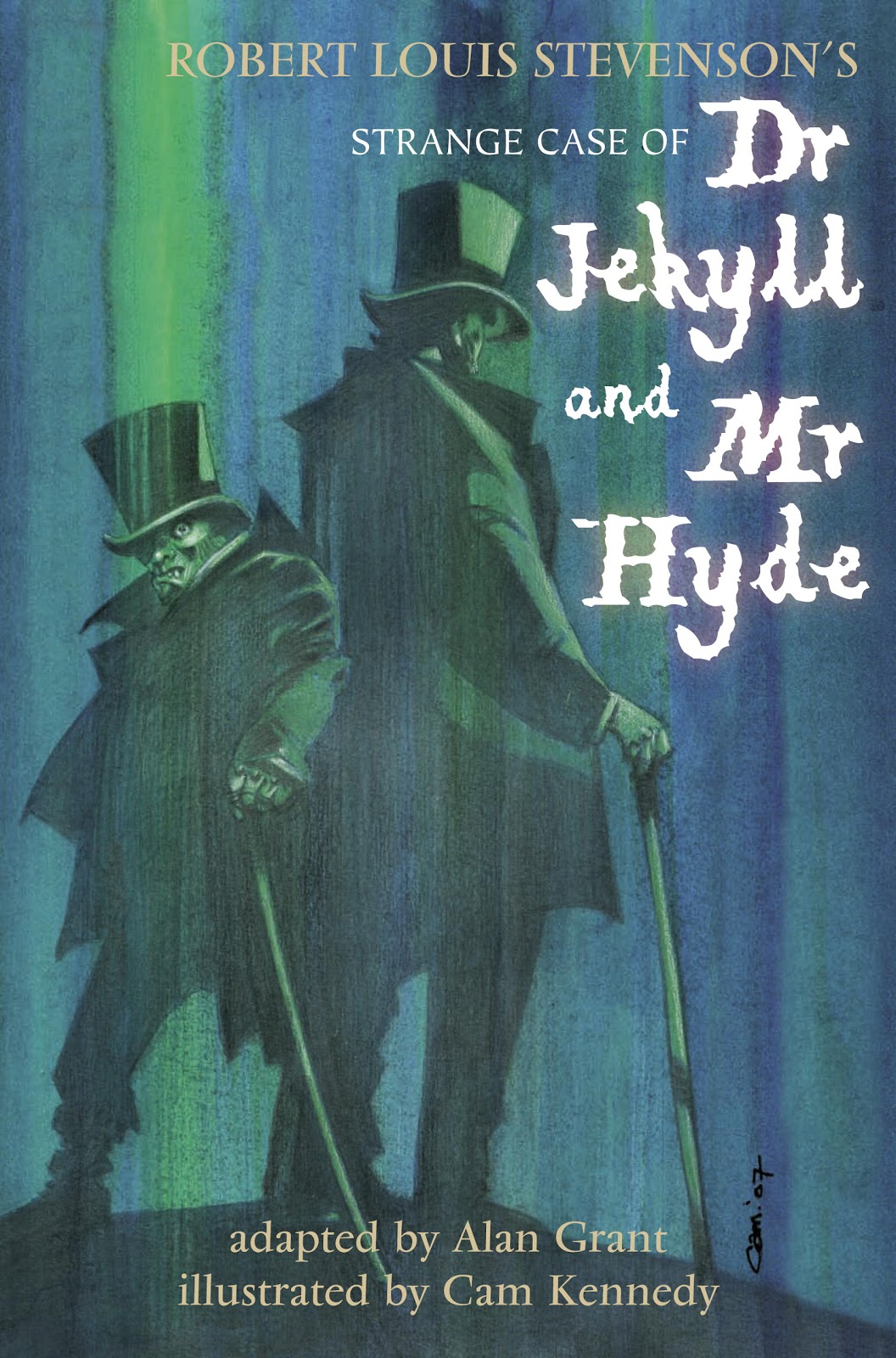


Robert Stevenson was confined to bed at the time from a haemorrhage. Stevenson would read the draft and offer her criticisms in the margins. Jekyll, 'aghast before the acts of Edward Hyde'." Moreover, it was believed that the teacher had committed other murders both in France and Britain by poisoning his victims at supper parties with a "favourite dish of toasted cheese and opium". According to author Jeremy Hodges, Stevenson was present throughout the trial and as "the evidence unfolded he found himself, like Dr. Chantrelle, who had appeared to lead a normal life in the city, poisoned his wife with opium. Inspiration may also have come from the writer's friendship with an Edinburgh-based French teacher, Eugene Chantrelle, who was convicted and executed for the murder of his wife in May 1878. I doubt if the first draft took so long as three days." Louis came downstairs in a fever read nearly half the book aloud and then, while we were still gasping, he was away again, and busy writing. I remember the first reading as though it were yesterday. Lloyd Osbourne, Stevenson's stepson, wrote: "I don't believe that there was ever such a literary feat before as the writing of Dr. He said angrily: "Why did you wake me? I was dreaming a fine bogey tale." I had awakened him at the first transformation scene. Thinking he had a nightmare, I awakened him. In the small hours of one morning, I was awakened by cries of horror from Louis. Biographer, Graham Balfour, quoted Stevenson's wife, Fanny Stevenson: 1888), he racked his brains for an idea for a story and had a dream, and upon waking had the intuition for two or three scenes that would appear in the story Strange Case of Dr. According to his essay "A Chapter on Dreams" ( Scribner's, Jan. In early 1884, he wrote the short story " Markheim", which he revised in 1884 for publication in a Christmas annual. Henley and which was produced for the first time in 1882. While still a teenager, he developed a script for a play about William Brodie, which he later reworked with the help of W. Stevenson had long been intrigued by the idea of how human personalities can reflect the interplay of good and evil.


 0 kommentar(er)
0 kommentar(er)
